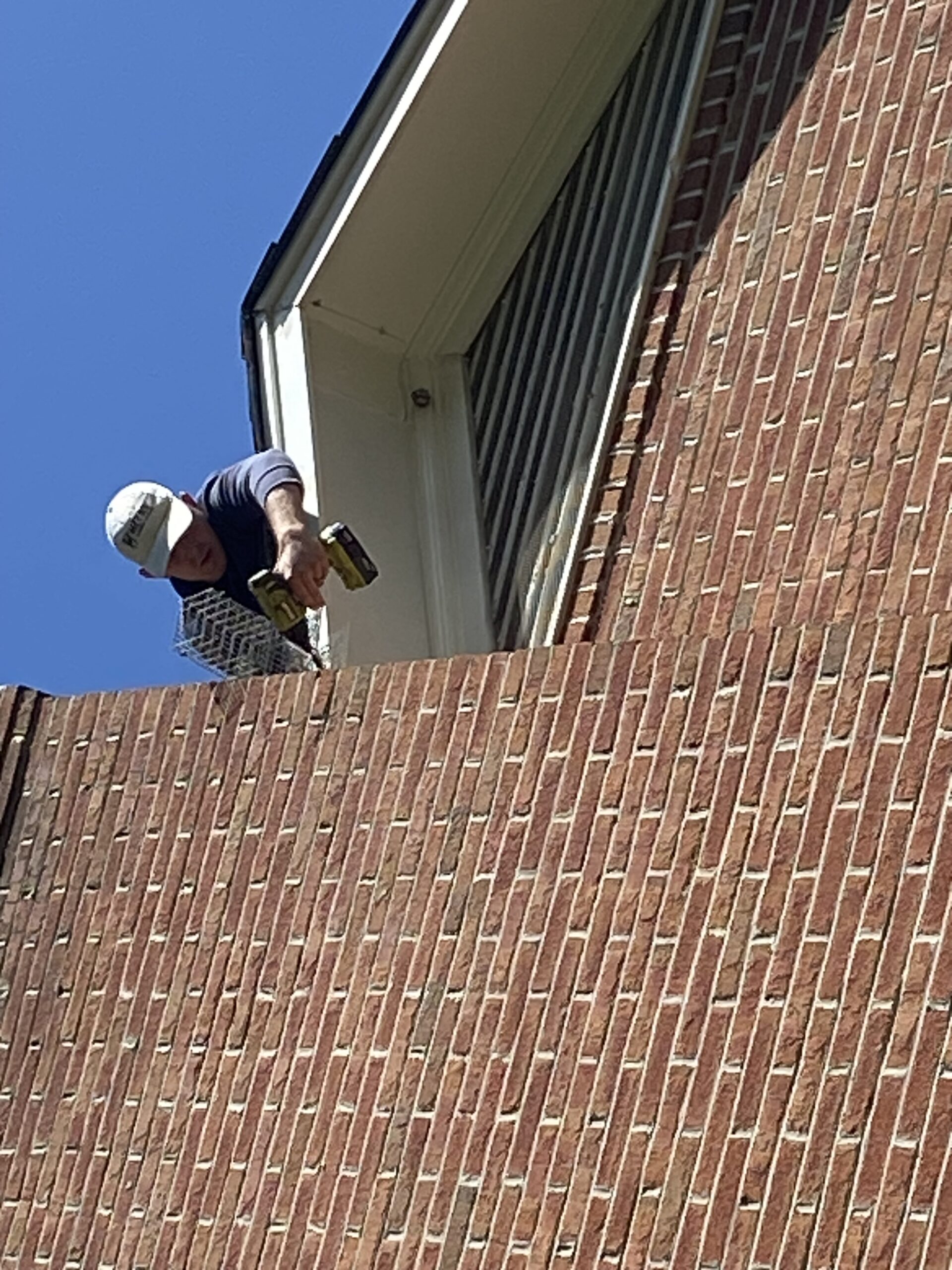Does insurance cover mole removal?
===INTRO:===
Navigating the complexities of health insurance can be a daunting task, especially when it comes to specific procedures such as mole removal. It’s essential to understand the principles behind insurance coverage for mole removal and how to determine if your insurance covers this procedure. At Metro Wildlife Control, we not only offer state-of-the-art mole removal services, but we also strive to provide our clients with valuable information to guide them through the process.

Understanding Insurance Coverage for Mole Removal
Mole removal is a commonly performed procedure, often for cosmetic reasons but also for medical purposes. Determining whether your insurance covers mole removal depends largely on the reasons behind the procedure. If the removal is deemed medically necessary – for example, if the mole is cancerous or suspected to be – insurance companies are likely to cover at least part of the cost. In contrast, if the procedure is conducted purely for cosmetic reasons, insurance coverage is less likely as these procedures are often considered elective.

Insurance policies vary greatly, and the specifics of your coverage may depend on factors such as your insurance provider, the details of your individual plan, and your geographical location. Always remember that while insurance providers have broad guidelines regarding coverage, exceptions can and do occur. It’s vital to understand the specifics of your policy and to communicate directly with your insurer to clarify any uncertainties.
How to Determine if Your Insurance Covers Mole Removal
The first step in determining if your insurance covers mole removal is to review your policy documentation. This should give you an overview of the types of procedures that are covered. If the documentation is unclear or if you have any doubts, the next step is to contact your insurance provider directly.

When communicating with your insurer, be prepared to provide specific details about the proposed procedure. This could include whether the mole removal is necessary for medical reasons, the anticipated mode of removal, and the location of the mole. Providing this level of detail will assist your insurer in determining whether the procedure is covered under your policy.
Remember that even if your insurer does cover mole removal, you may still be required to pay a portion of the costs. This could be in the form of a co-payment, deductible, or a percentage of the total cost. Understanding these potential costs upfront will help you make an informed decision about proceeding with the procedure.
===OUTRO:===
While the specifics of insurance coverage for mole removal can vary, understanding the general principles and knowing how to determine your own coverage can help alleviate some of the stress associated with this process. At Metro Wildlife Control, we are committed to providing high-quality mole removal services and ensuring our clients are well-informed about their options. Please don’t hesitate to contact us if you need further information or assistance.
